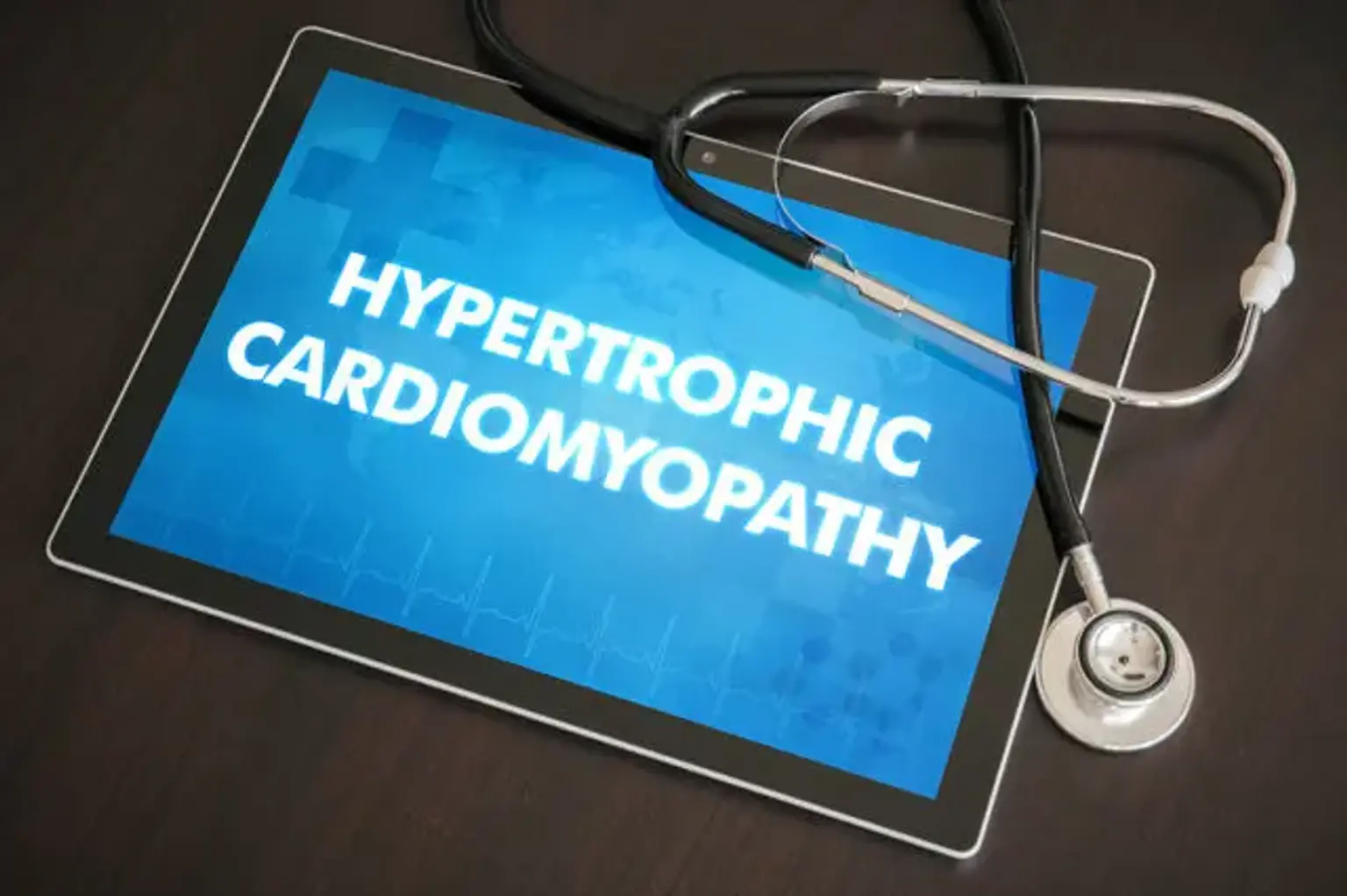Hypertrophic cardiomyopathy
Overview
Hypertrophic cardiomyopathy (HCM) is an autosomal dominant condition that alters the structure of the heart, affecting its function. Hypertrophy of the left ventricle produces left ventricular outflow blockage, diastolic dysfunction, myocardial ischemia, and mitral regurgitation.
Fatigue, dyspnea, chest discomfort, palpitations, and syncope might result. Sudden cardiac death is the most severe and deadly manifestation of HCM, and it is most commonly found in young athletes.
